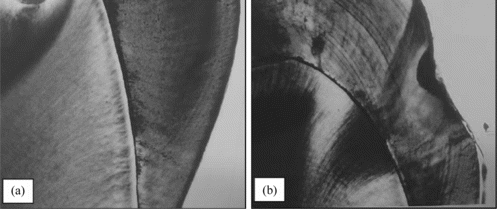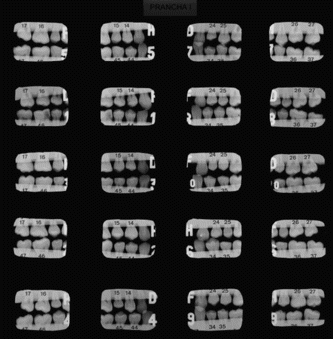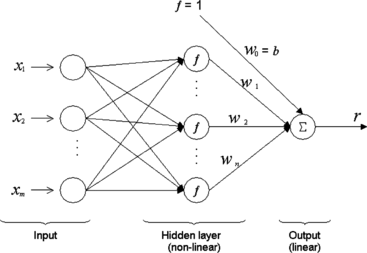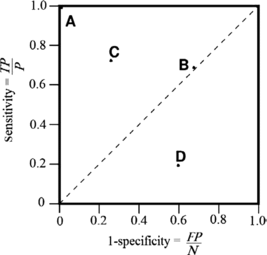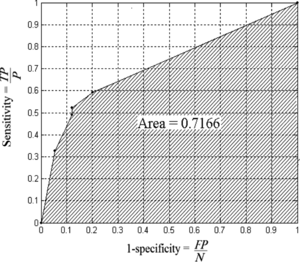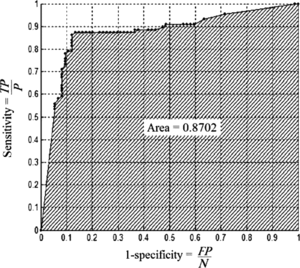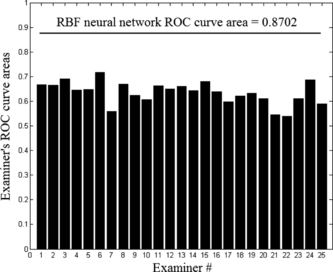Figures & data
TABLE 1 Summary of Gold Standards for the Analyzed Surfaces: Number of Sound Proximal Surfaces, Surfaces with Enamel Caries, Caries in the Enamel-Dentine Junction, and Dentinal Caries
FIGURE 2 A typical microscopic evaluation of sectioned teeth (10 ×): (a) sound proximal surface; (b) carious proximal surface.
